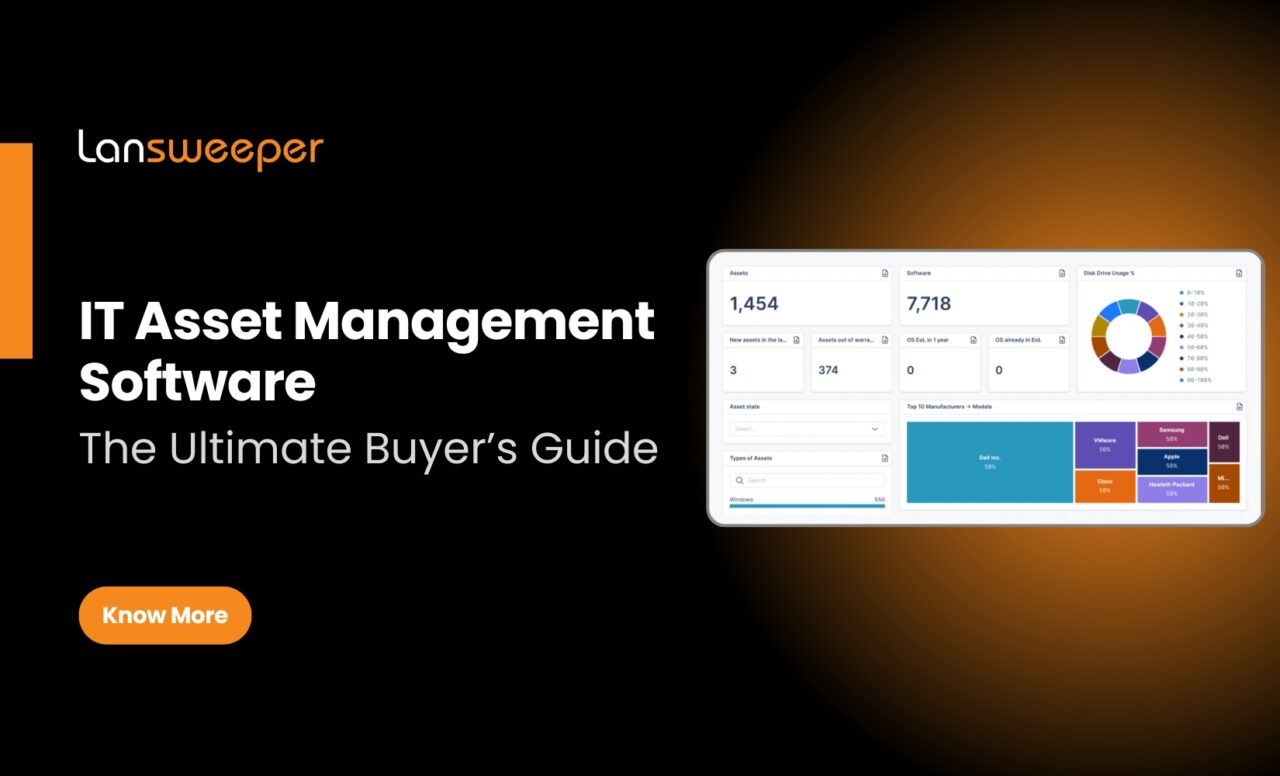In today’s business where digital-first reigns, IT asset visibility is a must, not a choice. Organizations have an ever-growing diverse set of devices, software, cloud assets, and IoT endpoints. Without a centralized platform to monitor and manage these assets, operational efficiency dwindles, security threats compound, and compliance is a tall order. It’s here that Lansweeper, a highly capable IT asset management software (ITAM) solution in the industry, comes into the picture. This manual provides an in-depth analysis of Lansweeper’s functionality, why it takes a stand in the saturated market of asset management tools, and how to select and deploy it for your company’s purposes.
What Is Lansweeper?
Lansweeper is an intelligent IT asset management system designed to automate the discovery, inventory, and management of all IT assets across your organization—whether on-premises, cloud, or remote. It’s an agentless solution that offers deep visibility into your network without the need for manual data entry or scattered spreadsheets.
Lansweeper scans your environment and builds a comprehensive and centralized list of devices, software, configurations, and user information, which makes it a foundation for operational transparency, security, and audit preparedness.
Why IT Asset Management Matters
Asset management IT practices are more than having an understanding of what hardware or software you possess. They are the basis of many key business operations such as cybersecurity, compliance, lifecycle management, and IT cost optimization. An effective IT inventory management tool like Lansweeper gives you the insight required to make sound decisions, cut costs, avoid asset sprawl, and keep track of accurate license and warranty information.
Key Features of Lansweeper
IT Asset Discovery
Lansweeper’s IT inventory management scans all devices on the network automatically with agentless scanning. Windows, macOS, Linux, VMs, printers, routers, switches, and IoT devices are all included. It reveals even unauthorized or rogue devices that are not actively managed by your IT staff.
Software Inventory & License Management
The platform indexes all the software and applications installed on your infrastructure. With Lansweeper’s SAM tools, you can monitor usage, validate compliance with licensing agreements, and spot outdated or unauthorized software. This is important for organizations handling sophisticated software environments or audits.
Configuration Management & Lifecycle Tracking
With Lansweeper, you get detailed configuration data, including hardware specs, OS version, update history, and device relationships. You can track each asset’s lifecycle from procurement to decommissioning, ensuring timely upgrades and replacements.
Cybersecurity Insights
Beyond inventory, Lansweeper plays a significant role in risk reduction. It provides vulnerability scanning capabilities by integrating with vulnerability databases like NIST’s National Vulnerability Database (NVD). It helps IT teams prioritize patching and mitigation efforts.
Reporting & Analytics
Lansweeper includes a powerful reporting engine that enables you to create custom dashboards and produce reports that suit your exact operational, security, or compliance requirements. From software audit reports to hardware depreciation schedules, the system maintains your IT documentation currently.
Lansweeper vs. Other ITAM Software
Whereas there are various ITAM software solutions in the market, few have the depth, automation, and scalability that Lansweeper provides. Most of them involve heavy agent deployment or don’t have adequate integrations. Lansweeper has been widely known to work for intricate environments, ranging from hybrid cloud configurations to multinational operations.
The most important benefits of Lansweeper compared to legacy IT inventory software are its deployment speed, integration simplicity, and low impact on the network’s performance. It also has integrations with help desk software, configuration management databases (CMDB), SIEM solutions, and remote desktop tools—making it a central nervous system for your IT processes.
Selecting the Proper Asset Management Solution
When evaluating asset management solutions, it’s essential to consider your business size, IT infrastructure complexity, and compliance requirements. Lansweeper offers scalable pricing models and deployment options that suit everything from small businesses to large enterprises. For businesses dealing with hybrid or remote environments, Lansweeper’s cloud capabilities are a game-changer.
Also, include the requirement for integrations. Lansweeper can serve as a source of truth for other platforms such as ticketing systems (ServiceNow, Jira), cybersecurity systems, and CMDB solutions.
Use Cases: Where Lansweeper Shines
Healthcare, finance, education, and manufacturing organizations are finding more use for Lansweeper because it is feature-rich and reliable. For example, a medical provider can use Lansweeper to track all the medical equipment and workstations and ensure that they are in compliance with requirements such as HIPAA.
In finance, where SOX and PCI-DSS regulation compliance is a must, Lansweeper makes audit readiness easy with an audit-ready log of all IT assets and their history. For schools, it provides centralized management of hundreds of endpoints and devices across campuses.
Some planning is needed to deploy Lansweeper. Begin with a complete network scan and verify results. Integrate with other tools to utilize maximum automation and alerting features.
Schedule regular scans and establish alerts for inconsistencies, unauthorized access to devices, or warranty expirations. Leverage reporting capabilities to facilitate budgeting, renewals of licenses, and planning for hardware replacement.
Training your IT staff is just as crucial. Lansweeper is easy to use, but it takes some customization and regular checking to take full advantage of its features.
Future-Proofing with Lansweeper IT Asset Management
With companies moving to cloud-first strategies and embracing technologies such as edge computing and IoT, visibility of assets becomes increasingly harder. Lansweeper remains in development with Azure, AWS, and Google Cloud environment-supported features. It assists in monitoring cloud assets and on-prem equipment from a single pane of glass.
By making an investment in Lansweeper today, you make your organization future-proof—not just in the areas of security and compliance but in IT scalability and performance management as well.
FAQs
- Why is Lansweeper unique compared to other IT inventory management tools?
Lansweeper is unique because of its agentless scan, real-time monitoring, cloud scalability, and comprehensive third-party integrations, making it a very scalable and adaptable ITAM solution.
- Can Lansweeper assist with software license compliance?
Yes, Lansweeper offers detailed information about installed software, licensing data, and usage, which makes compliance and avoiding license penalties more simple.
- Does Lansweeper operate within cloud and hybrid environments?
Absolutely. Lansweeper allows for scanning and asset tracking within public cloud environments such as AWS, Azure, and GCP, as well as hybrid infrastructure.
- Is Lansweeper appropriate for small businesses?
Yes. Lansweeper has a pricing structure suitable for businesses of all sizes. Its simplicity and fast deployment also make it a solid option for small to mid-sized businesses.
- How does Lansweeper enhance cybersecurity?
Lansweeper assists in the discovery of old software, unpatched machines, and unauthorized devices, which are typical cybersecurity exposures. It can be supported by SIEM systems for sophisticated threat detection.

